Everyone is familiar with the Three Wise Monkeys or as they’re called in Japan Sanzaru (Three Monkeys). But did you know the See No Evil, Hear No Evil, Say No Evil creatures are actually a Japanese play on words? They’re also an important part of an old folk belief that has to do with three worms escaping your body and a large deity with six arms and a blue face who vows to protect you.
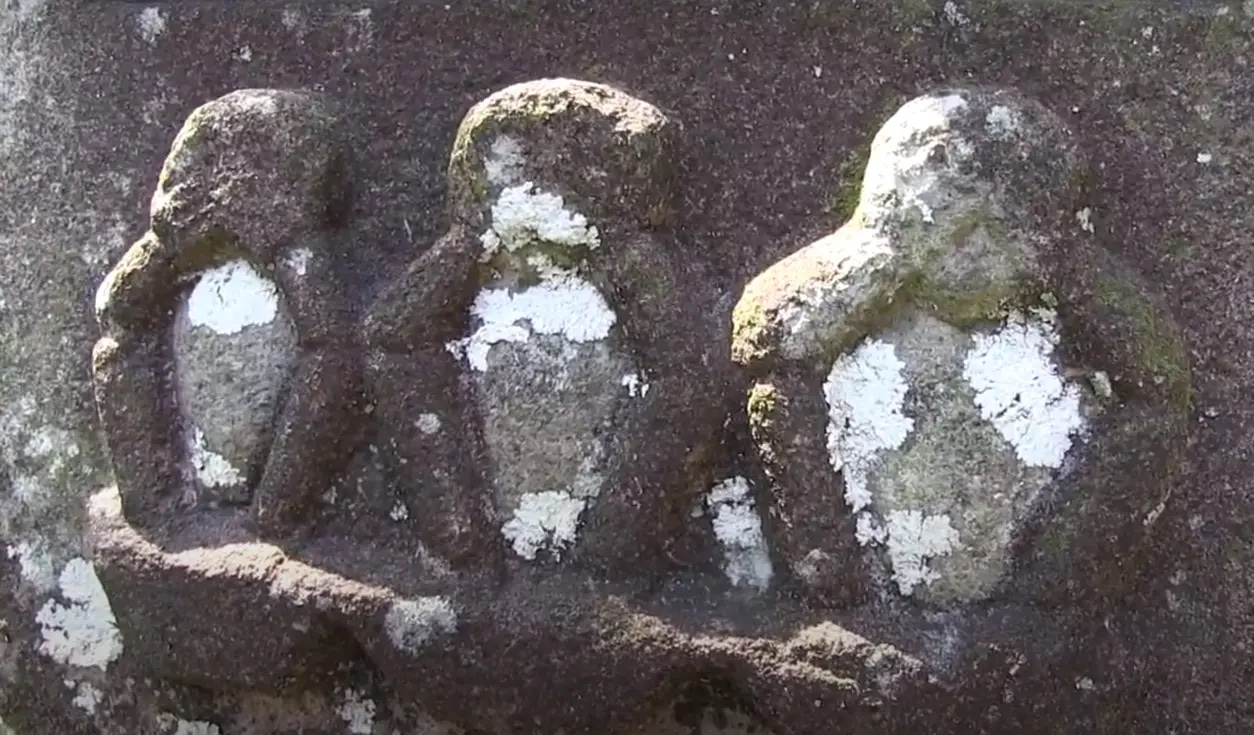
Carving of the Sanzaru/Three Wise
Monkeys at Toushougu’s sacred stable in Nikko
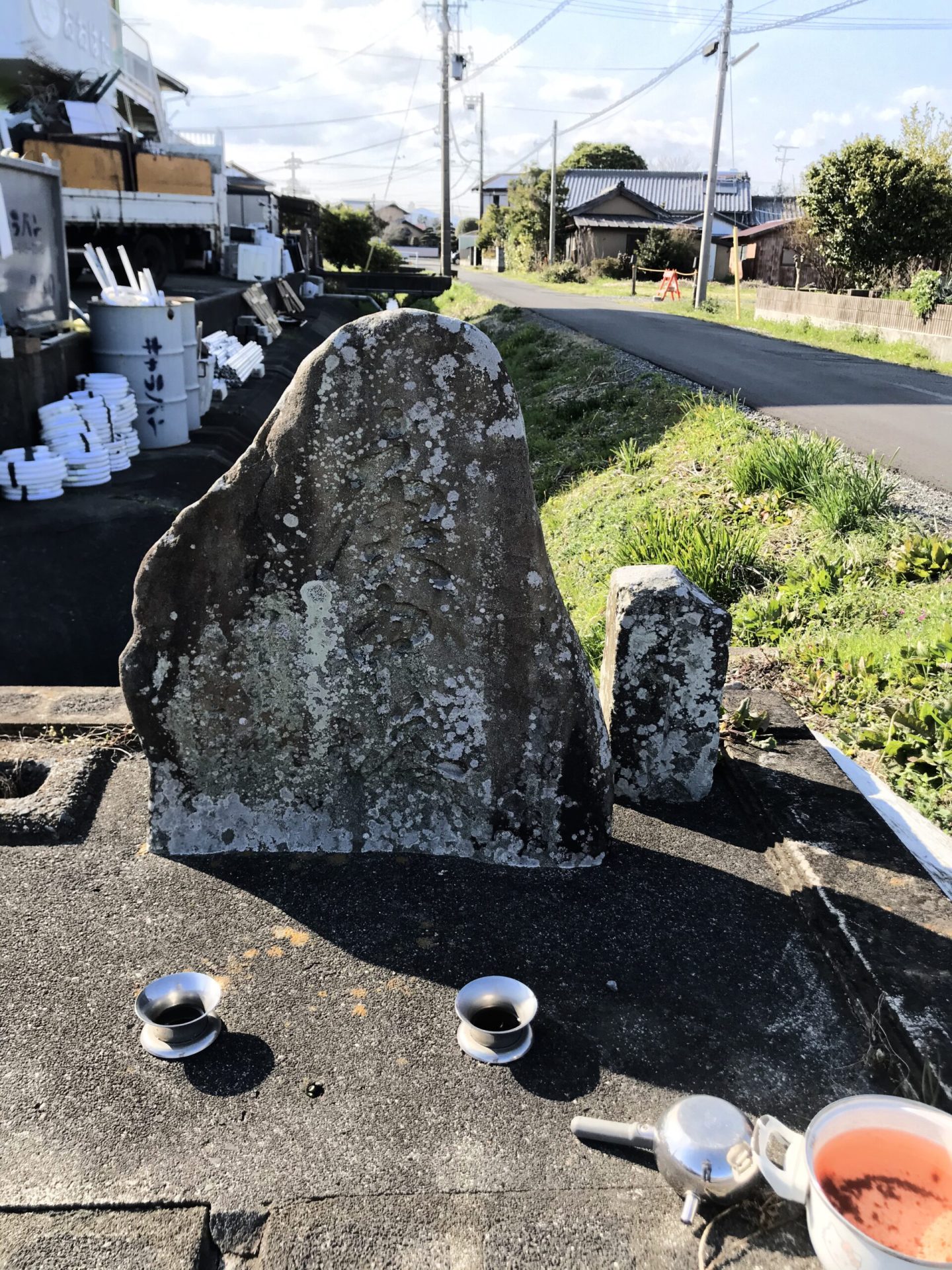
There’s lots of mystery surrounding those three wise monkeys. You know the ones I’m talking about: see no evil, hear no evil, speak no evil. Well, today I’m going tell you about some curious history I discovered involving our three furry friends.
It involves bugs and corpses, six-armed deities with blue faces and staying awake all night long every sixty days so your life doesn’t get shortened. And, also, there’s a fourth monkey.
Hey hey, Everyone, how are you? I’m doing well, thank you very much. Rich Pav and I are insanely busy getting the new podcast up. He’s been working on an adorable video introducing me and both podcasts for Patreon among a hundred other things.
I’ve been working on this show, bedtime stories, reading through potential pieces for the Soothing Stories podcast, & recording all those. I’ve also been making postcards, pizza, chocolate pies, nabe hot pots, slow cooker BBQ chickens, roasting coffee beans. Why yes, I do stress cook. Thank you very much.
Oh, before I forget, I wanted to mention that most of the transcripts to the show are on the Uncanny Japan website. They used to be on the RSS feed, too. But that got wieldy. So if you’re missing those, just go to the episode your looking for on uncannyjapan.com, scroll to the bottom of the page and there they’ll be. I’m also trying to more and more put all the kanji for the Japanese words I use in each episode, too. So if you’re like me and like to study those characters, that’s there, as well.
Okay, let’s turn on some spring rain and talk about monkeys.
My Own Personal Monkey Story
First, can I tell you about the coolest monkey I’ve ever seen? And no it’s not the one at the beach when I was in university here that playfully leapt onto my shoulder and tried to get romantic with my ear. No. This was one of those things that you see in a split second, your camera is around your neck, and your in a rickety old train chugging past the scene, so there’s no way you’re going to capture the image, but, yet, it was so intense, you’re never going to forget it anyway.
Some years ago, I was on this “I’m not kidding when I say rickety train” riding through the stunning mountains and valleys of the Minami or Southern Alps. The train was this retro-looking thing and all the windows were wide open. It was autumn and the scenery was gorgeous, bright red and golden yellow leaves with a nice chill in the air. So I’ve put my camera down for the moment and am leaning out the window somewhat, not too far because we are so close to the forest that I could reach out and grab limbs. I’m kind of mesmerized with the sound of the train when we turn this corner and there like I don’t know, two arm’s lengths from me are several very old gravestones.
I don’t know if you’ve seen old ohaka in Japan, but they’re long stone rectangles. These were particularly big. And on the biggest one, the one closest to me sat the hugest freaking monkey I’ve ever seen. Just sitting there, all brown-grey furry, red-faced, bright hazel eyes staring right at me. I mean we made eye contact like for a little bit too long, we both turned our heads to keep it as the train chugged on past. Something just shot through me. Fear being part of it, but also this monkey dude had an aura, this real quiet wisdom, resting power. I can still see him. I wonder how he’s doing these days.
Origin of Sanzaru/Three Wise Monkeys
Anyway, saru (猿), monkeys. I did a show on monkeys and monkey lore way, way back in episode 4. There I very briefly mentioned the Three Wise Monkeys as they’re called in the West, but only briefly. In the episode before that, episode 3, I talked about a fascinating, if strange, kind of folk belief that is also going to tie into our story today. I was asked to do a show on the three wise monkeys and since I always felt I didn’t finish everything I needed to say about the creatures, I agreed that was a great idea.
First, there is debate on exactly where the Three Wise Monkeys originated. They can be found in India. Mahatma Gandhi was quite fond of them and I read somewhere a small “see no evil, hear no evil, speak no evil” statue was one of his few possessions.
China’s Confucius also wrote about the idea, although no monkeys were involved. His version went something like this: “Look not at what is contrary to propriety, listen not what is contrary to propriety, speak not what is contrary to propriety, make no movement which is contrary to propriety.”
In the 8th century Buddhist monks brought this proverb to Japan and that last one, number four – “make no movement which is contrary to propriety”, wasn’t used for some reason or another. Why ditch “Do no evil”? It kind of feels like the most important one? No?
Well, my guess, and I could be wrong here, is that when portrayed via monkey, the animal is shown covering his nether region, which, I don’t know, changes the kid friendly dynamic? Invites questions? Or perhaps three is just a luckier number.
Anyway, here’s where things got clever. Confucius’ long sentences were translated into Japanese as “mizaru (見ざる) , kikazaru (聞かざる) , iwazaru (言わざる)”. Miru (見る)or the character mi (見) means to see or look. By adding zaru to the end of the verb you negate it. Don’t see, don’t look. The same goes for kiku, to hear. Kikazaru, don’t hear. And iu becomes iwazaru, not to speak. The cute part comes in when you realize that saru (猿), the word for monkey sounds like zaru, that negating thing.
So all those images you see of the three monkeys with their paws covering their eyes, mouth, and ears, is a play on words, or a pun in the Japanese language.
So while the thought was there, Confucius did write about it earlier, I don’t think I’m going out on a limb in saying it looks like the wise words being portrayed by dint of cute monkey started in Japan.
Strange Translation from Japanese to English
For all you language students, is there something curious you notice about how the Japanese was translated into English? You’re right. There is no mention of the word evil in the Japanese version. Just mizaru, kikazaru, iwazaru, not seeing, not hearing, not speaking. Also, in Japanese they’re called the three monkeys, sanzaru (三ざる). The word wise isn’t in there at all.
Famous Depiction in Toushou-gu in Nikko
One of the most famous depictions of the three monkeys is at Toushou-guu (東照宮) in Nikko (日光). This grand shrine was built in 1617 and dedicated to the Shogun Tokugawa Ieyasu. One of the many buildings attached to the shrine was a sacred stable. And what would you want to decorate a sacred stable with? Why monkeys, of course. I’ll get to this in a minute, but first back to Toushou-gu’s sacred stable.
Over the doors, in the eaves of the stable are eight beautifully carved scenes that represent the ‘way of living’ as told by monkeys. For example, the first panel shows a mama monkey looking off into the distance meaning she’s wishing for a happy future for her children.
But it’s in the second panel where we find our three simian friends doing their see no evil, hear no evil, speak no evil schtick. But in the context of these carvings, it simply means that when raising your baby monkeys, or children as the case may be, you don’t want them to see, hear, or say bad things. That’s the goal.
That kind of leads into how some people think that the “see no evil, hear no evil” part means if you see or hear something terrible, you turn a blind eye. Actually, no. It’s more like: Don’t listen to words that can lead to evil behavior. Don’t see bad deeds as natural. And don’t say evil things.
Monkeys and Horses
Oh, before I forget, why put images of monkeys on a stable? Well, I talked a little about it in that monkey lore episode, but the more you dig around the more you’ll find monkeys and horses have a special relationship in Japan. With monkeys believed to be protectors of horses. Monkeys were often kept in or near stables and when a new stable was being built or at the beginning of the new year, you’d have a kind of ceremony in which a monkey came and did a lucky dance. If a monkey dies? Why hang up its bones in the stable. It’s a thing.
The Koushin Ritual (Three Bugs, Corpses, Death Bringers)
But let’s get to the funky part. There’s a very old tradition in Japan that comes from Chinese Daoism and other folk beliefs. It’s called koushin (庚申), you’ll remember I talked about this in episode three. But I’ll give you the gist of it here.
People who follow the koushin tradition, believe there are days of great misfortune that occur six times a year or every sixty days. They also believe that inside all of us reside three worms, sometimes called three corpses, other times called the three death bringers. They’re called sanshi (三尸). So, during those unlucky days, after we fall asleep, these three worms, corpses, or death bringers as the case may be, escape our bodies and shoot up to visit the Court of Destiny, which it so happens is ruled by the Emperor of Heaven, Ten-tei (天帝). The three worms’ purpose being to report all our sins.
Depending on the extent of our transgressions, Ten-tei might decide to shorten our lives or make us ill. One way to keep those sanshi from making a break for it, is to stay awake all night long on those designated days. But what does any of that have to do with our three monkey friends?
Well, for one, the kanji for koushin is kou (庚) , which is an old character that is associated with metal, and shin (申) an old character for monkey. But there is more monkey business.
The Japanese version of koushin has always been intertwined with the Tendai (天台) Sect of Buddhism. It’s actually thought that it was those early Tendai monks (Saichou , Ennin, and Ennchin) who brought it over from China back in the 800s.
Koushin and the Tendai Sect of Buddhism (Shoumen Kongou)
But anyway, monkeys. Okay, Koushin is associated with Tendai Buddhism and Tendai is associated with a truly cool tantric deity named Shoumen Kongou (青面金剛). While you’ll run across some variations, mostly you’ll find him furiously angry, six arms waving, standing on some pitiful looking beast, with a brightly colored blue or green face (Note: the characters for shoumen literally mean blue face), but what’s that at his feet? Yup. You guessed it, our three fuzzy simian buddies.
We just said, one way to stop the sanshi worm/corpse informers from leaving your body was to stay up all night on the days they are able to escape. Another way is to have Shoumen Kongou help make those nasty, tattle-telling sanshi sick, to prevent them from reporting on your misdeeds.
A neat aside: Shoumen Kongou also performs other feats of healing. For example, he could help prevent attacks from strange creatures, help alleviate breathing problems, cure eye diseases, and cure tuberculosis to name a few. Remember I said he’s blue? Well, it’s thought the blue color signifies that he is absorbing peoples’ illness into his own body. Cool.
If you’re ever in Nara at Toudaiji (東大寺), you can find the oldest image of Shoumen Kongou as a wooden statue. It’s from the 10th century. Also, just in case you didn’t guess from the description, he’s originally from India.
So let’s tie all this up. Having the three monkeys who can’t see, hear, or speak, associated with the koushin ritual, meant that somehow those traits get passed on to the sanshi (remember: three worms or corpses), who when they zoom off to meet with Ten-tei realize they didn’t see anything bad you did, or hear anything bad you did, and mostly definitely they suddenly can’t speak so they can’t report anything bad you did. So you’re safe.
Finding Three Monkeys in the Wild Today
Something I found particularly interesting is that the koushin belief really took a hit in 1872 and after when with the Meiji Restoration there was a new law called the Shinbutsu Bunri (神仏分離 ), or the separation of Buddhism and Shintoism. While before there was kind of a cool mix of both religions giving and borrowing at will, it was decided they needed to be separate and all folk beliefs should be disavowed. Roads were also widened and while there used to be thousands of these Shoumen Kongou and koushin characters and images carved on small stone markers, most of these got destroyed after that law and also the widening of streets.
However, if you ever find yourself in the countryside, wandering down narrow roads off the beaten track, you could very well stumble across one of these steles dedicated to the koushin ritual. They are probably very worn, but you might be able to make out the kanji or the carved image of Shoumen Kongou with his many arms, and if you’re really lucky his three furry friends below.
True story. I was perfectly freaked out when while walking between rice fields near my new place I found not one but two of these. No image of Shomen Kongou, but there were three legible characters for koushin and grave. Which invites a whole bunch of new questions. (Photo at top of page)
But I’ll stop here for today.
Thank you so much for listening, for your support, for leaving reviews, for sending me wonderful messages, and for telling your friends and family about the show. Thank you to my patrons, you’re literally what keeps this podcast going. Keep an eye out for this month’s Bedtime Story. It’s is going to be about a Mt. Fuji legend. I haven’t decided which one to retell yet. Plus I’ll be putting up the The Yellow Wallpaper and Masque of the Red Death minus the intro soon, too.
Everyone have a lovely two weeks, talk to you soon.
Bye bye!
Credits
Intro and outro music by Julyan Ray Matsuura.
Touching heaven by chilledmusic
Link: https://filmmusic.io/song/7533-touching-heaven
License: https://filmmusic.io/standard-license

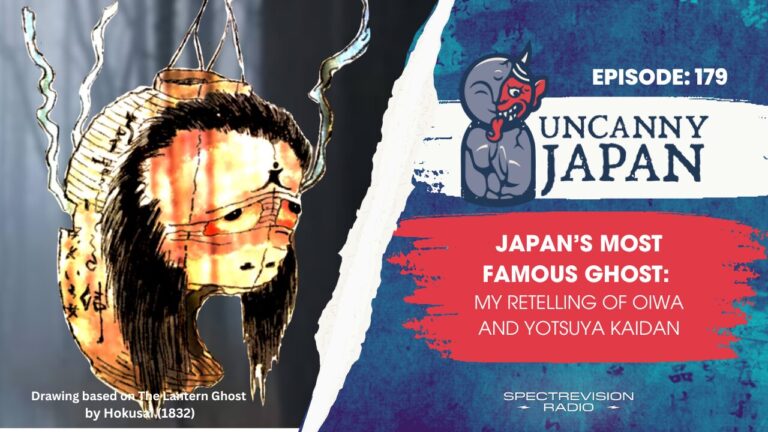
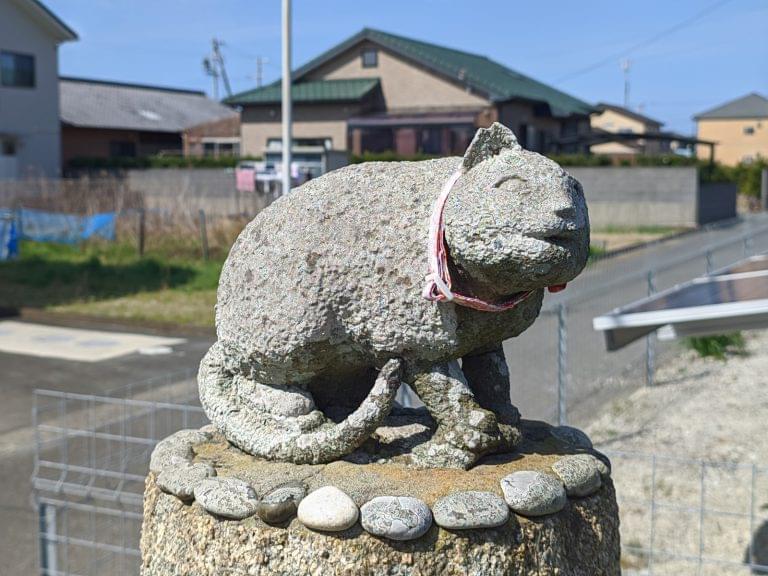
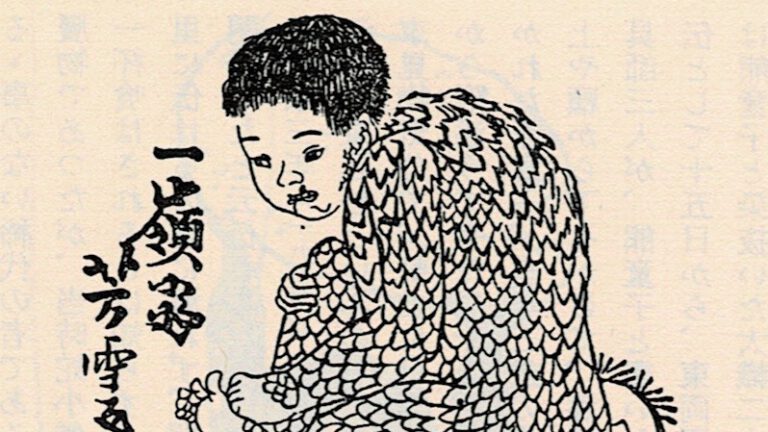
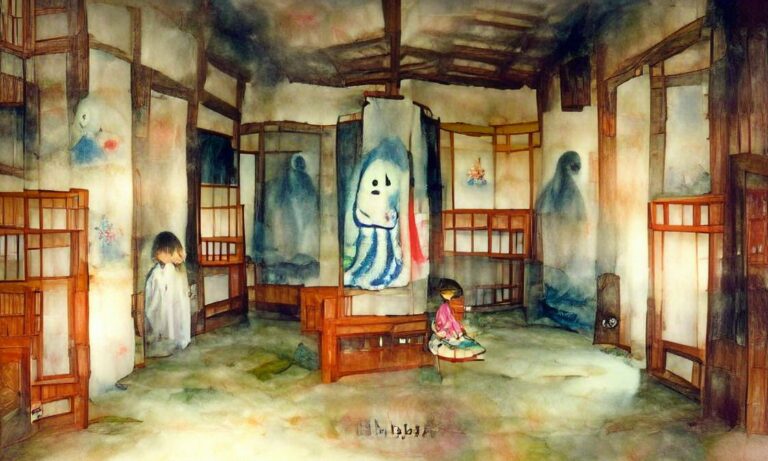


Thank you for the lesson. My mom passed and she left me her occupied Japan. I have the 3 Wise monkeys hand carved in wood. I didn’t know about the naughty little 4th monkey, I didn’t know their names. I LOVE your enthusiasm. Thank u so much.
Thank you so much fellow Teresa! Actually, I’m just getting ready to put up a new episode and talk a tiny bit about the three monkeys again. What a synchronicity!